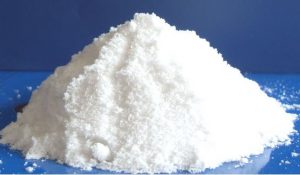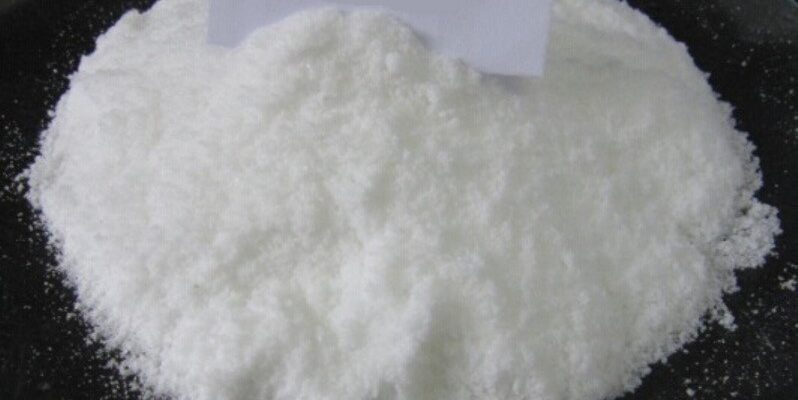Oxalic acid recently made headlines as the substance implicated in the poisoning of three individuals at a milk tea shop in Manila in April. Investigations by the PNP Crime Laboratory revealed that the victims’ blood tested positive for this toxic chemical. Given the seriousness of this incident, it is important to understand what oxalic acid is, its potential dangers, and how to handle it safely.

What is Oxalic Acid?
Oxalic acid is a colorless, highly toxic chemical commonly used in cleaning agents, bleaches, and rust removers. In its solid form, it appears as a fine powder, resembling sugar or salt, which makes it easy to mistake for edible substances.
This acid is extremely poisonous and can be fatal even in small quantities. A mere 4 grams, roughly equivalent to one teaspoon, can kill an adult, while just a pinch can be lethal for a child.
How to Prevent Oxalic Acid Poisoning
Preventing accidental poisoning from oxalic acid requires careful handling and storage. Follow these safety tips:
- Store securely.
Keep oxalic acid in a secure location away from food preparation areas such as the kitchen or sink. This minimizes the risk of accidental ingestion. - Keep out of reach of children.
Store oxalic acid in a locked cabinet or a place inaccessible to children to prevent accidental exposure. - Label properly.
Ensure that containers of oxalic acid are clearly labeled and distinguishable from food items. - Use with caution.
Wear gloves and protective equipment when handling oxalic acid for cleaning or other purposes to avoid skin contact or accidental ingestion.
What to Do if Oxalic Acid is Ingested
In the event of oxalic acid ingestion, act quickly but cautiously:
- Do not induce vomiting.
Forcing the individual to vomit can worsen the damage to the digestive tract. - Administer raw egg whites.
If available, have the affected person drink raw egg whites to help neutralize the acid. For children, administer the whites of 6 eggs; for adults, use 8 egg whites. - Seek immediate medical attention.
Take the individual to the nearest hospital or emergency facility for professional treatment as soon as possible.
Oxalic acid is a powerful cleaning agent but poses serious risks when mishandled. Understanding its properties and dangers can help prevent accidental poisoning. Proper storage, labeling, and safety practices are crucial in keeping this toxic substance away from food and out of reach of children. In cases of accidental ingestion, swift and appropriate action can save lives.


